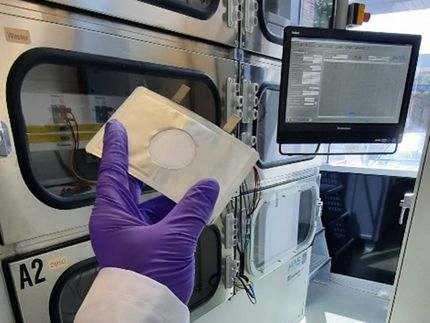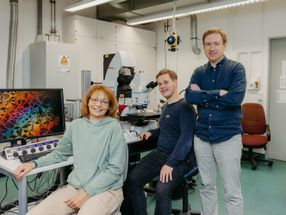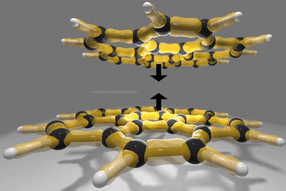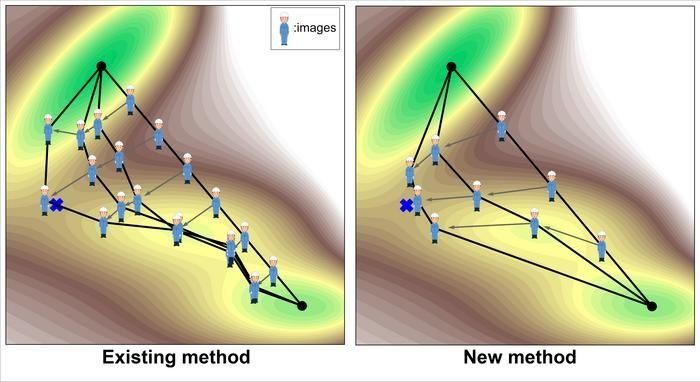Solving two battery challenges with one atom-scale catalyst
“This work is significant because it solves two long-standing problems in lithium–oxygen batteries using a single material”
Advertisement
Lithium–oxygen (Li–O₂) batteries are poised to revolutionize energy storage with their ultrahigh theoretical energy density. However, performance barriers at both the cathode and anode have prevented their practical deployment. A new study proposes an elegant solution: atomic-scale nickel (Ni) catalysts anchored on nitrogen-doped reduced graphene oxide (Ni–N/rGO). This dual-function material enhances the oxygen reduction/evolution reactions at the cathode while stabilizing lithium metal at the anode. The resulting batteries exhibit impressive capacity, extended cycle life, and reduced polarization. By unifying cathode and anode improvements in a single material platform, the work sets a new standard for the design of high-performance, rechargeable Li–O₂ batteries.
Lithium–oxygen (Li–O₂) batteries offer more than 10 times the energy density of conventional lithium-ion batteries, making them attractive for electric vehicles and grid storage. However, they face serious limitations: sluggish reaction kinetics at the cathode and unstable lithium metal at the anode. These challenges cause capacity fade, high overpotential, and dangerous dendrite growth. Past efforts have improved either the cathode or the anode individually, but a unified approach remains elusive. Moreover, common discharge products such as Li₂O₂ and Li₂CO₃ can clog pores and degrade performance. Due to these persistent challenges, new materials and integrated strategies are urgently needed to push Li–O₂ batteries toward practical use.
Researchers from Harbin Institute of Technology (Shenzhen) and Johannes Gutenberg University Mainz have developed a dual-function catalyst material that addresses both major barriers in Li–O₂ battery development. The study, published in eScience in June 2025, introduces a low-loading atomic nickel catalyst (Ni–N/rGO) that enhances cathode reactions and protects the lithium anode. The innovative design not only improves energy efficiency and cycling performance but also offers insights into charge transport and lithium deposition behavior. This integrated approach opens new avenues for building durable, high-capacity Li–O₂ batteries.
The team synthesized atomic-scale nickel sites—both single atoms and nanoclusters—dispersed on nitrogen-doped reduced graphene oxide (rGO). The material, labeled Ni2–N/rGO, was shown to catalyze both the oxygen reduction and evolution reactions (ORR/OER) with exceptional efficiency. Compared to traditional cathodes, the new catalyst achieved over 16,000 mAh g⁻¹ in discharge capacity and stable cycling over 200 cycles. Density functional theory (DFT) simulations confirmed that adjacent atomic Ni sites enhance LiO₂ adsorption and lower energy barriers for Li₂O₂ decomposition, explaining the reduced overpotential (1.08 V). Importantly, Ni2–N/rGO also serves as a protective coating for lithium metal anodes. When applied, it reduces dendrite formation and corrosion, extending battery life to 300 cycles under high current conditions. Microscopy and impedance spectroscopy confirmed that the protective layer maintains structural integrity and smooth Li⁺ migration. DEMS and XPS analyses further supported the material’s ability to enable reversible reactions without parasitic byproducts. By resolving key issues on both electrodes, this multifunctional catalyst demonstrates how atomic engineering can redefine the performance limits of next-generation batteries.
“This work is significant because it solves two long-standing problems in lithium–oxygen batteries using a single material,” said Dr. Deping Li, senior author of the study. “By designing atomically dispersed nickel catalysts that simultaneously enhance cathode reaction kinetics and stabilize the lithium anode, we’ve shown a clear path toward practical, high-performance Li–O₂ systems. The combination of theory, in situ characterization, and real-world cycling tests makes this a compelling framework for future research.”
The dual-role Ni–N/rGO catalyst presents a scalable solution to key bottlenecks in Li–O₂ battery development, making it promising for commercial energy storage applications. Its ability to reduce polarization, suppress dendrites, and ensure high-rate cycling could accelerate the deployment of Li–O₂ systems in electric vehicles, portable electronics, and grid storage. Beyond batteries, the principles demonstrated—atomic-level material design, multifunctionality, and synergistic electrode integration—may inspire innovations across catalysis, electrochemistry, and materials science. Future research will explore ways to optimize synthesis, reduce cost, and expand compatibility with other energy systems.
Original publication
Other news from the department science
Most read news
More news from our other portals
See the theme worlds for related content
Topic World Battery Technology
The topic world Battery Technology combines relevant knowledge in a unique way. Here you will find everything about suppliers and their products, webinars, white papers, catalogs and brochures.

Topic World Battery Technology
The topic world Battery Technology combines relevant knowledge in a unique way. Here you will find everything about suppliers and their products, webinars, white papers, catalogs and brochures.



































































